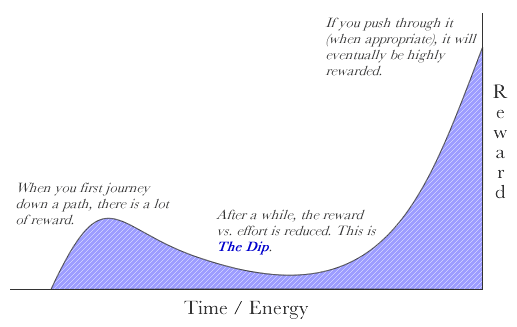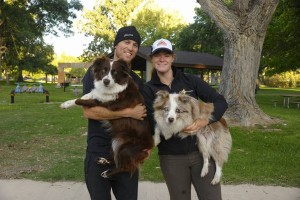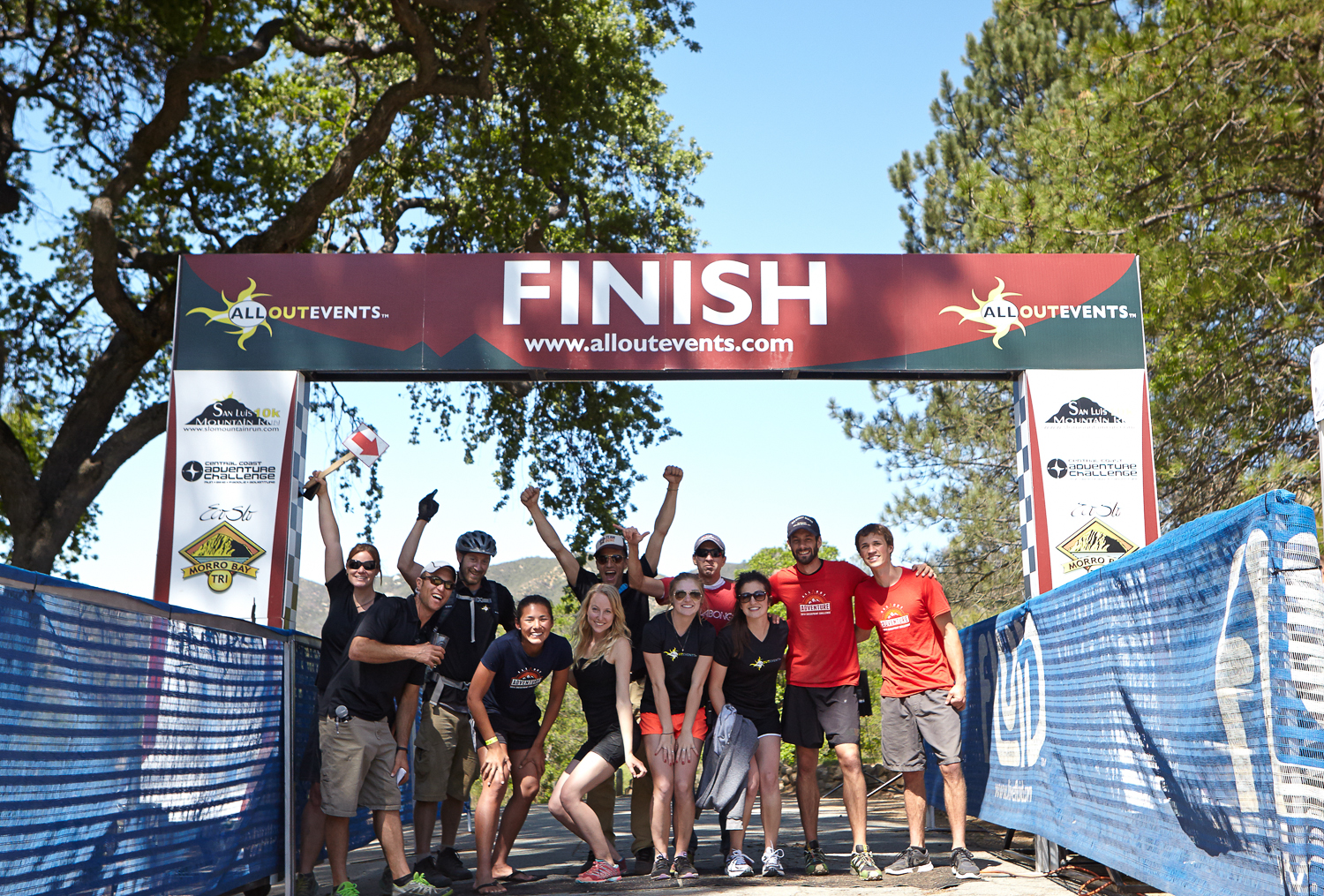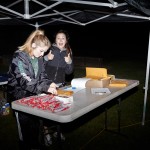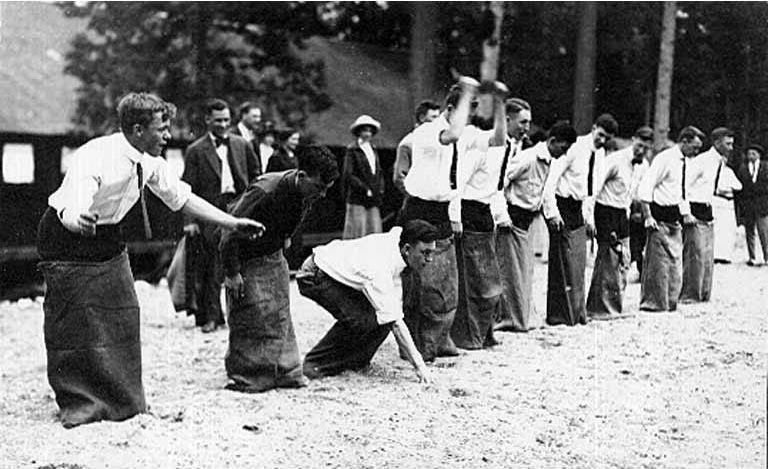
I don’t have a photo of Josue Stephens or the race, so you get this instead. Thanks, Creative Commons!
A month ago, our friend and fellow SLO resident and race director, Josue Stephens, flew out with his young son to take him to Mexico and be a part of a much hallowed, respected, and super cool race, the Ultra Caballo Blanco. The race was started by Micah True and made famous in the book Born to Run – a chronicle of how modern science interferes with evolution in humans and sparked a minimalist, fore-striking movement.
I read the book. I totally tried the barefoot running shoes, the Nike Frees, the New Balances, and you probably have, too. Whether you’ve stayed with it or gone the Hoka One One route (totally the opposite), most athletes know about True and this race and the indigenous Tarahumara running stars profiled in the book.
When True died out in the desert on a run, his friends looked around for someone to take the reins – settling on Stephens. For the past few years he’s worked with True’s friends to produce a race in a rough part of Mexico (it’s cited in the book as a hotbed of drug activity) that both highlights and supports the Tarahumara there.
What should have been a beautiful destination race that gave back to the people there and gave much to the participants ended up being canceled last minute. It was such a big story, that the New York Times picked it up, along with the usual running magazines, sites, and blogs.
Sitting at my computer, looking at Facebook, I was shocked to see this update from Stephens come through my feed:
Runners are safe and the majority of them have begun their journey home. We will have more information in a few days once we are home and rested. We encourage everyone to run this week in support of peace, in the Copper Canyons and all over the world.
Because of the race cancelation we were unable to distribute the corn to Raramuri finishers as was traditional. However, we are working together with Norawas de Raramuri to arrange fair distribution of this corn to the Raramuri villages that have participated in the event before.
What what what?
When Stephens returned, he told us that an incredible thing had happened – drug violence had escalated to the point he didn’t feel safe putting on the event as people were being found literally decapitated and he his son had been caught in crossfire between the drug violence in town.
So, with the racers all having arrived, he made a difficult choice to cancel the event. The Mexican government, eager for good publicity and tourism dollars literally took his bullhorn and told people to stay, that it was safe and they would be protected. Really? Who was protecting the Stephenses in the street, the police he saw dearmed and abducted?
And so, the race was off.
And dang, rightly so. You do not send people under your protection, many of whom are in a foreign country and do not speak the language? NO BRAINER.
Did you know that race insurance (much like home insurance) has clauses for just such thing – and it’s terminated in case of war, acts of God, etc.
So, what was definitely a safe call by Stephens was met with major controversy in the running community. Why? Because Fuego y Agua, Stephen’s company was not refunding people’s money.
As we like to do here from time to time, let’s take a look at this for a moment.
The obstacle racing industry has been plagued in the past few years with events being set up, money collected, and then quietly canceled. Outside magazine profiled a race company that did it with marathons. Is there much recourse for such things? Some, yes, but most of the time if they’re filing bankruptcy or you are getting the hell out of dodge with untraceable funds – there’s no real chance you’ll see your money again. (In this case, however, it’s always a good idea to dispute charges through your credit card – they’ll likely help you out and there are consequences for the company that then comes under investigation by the credit card for fraud.)
But when an event director comes to a location, has the entire thing set up, staff in place, shirts, finisher prizes, permits, insurance, etc in order – should he or she give back all the money?
No. Here’s why: do you love that organization? Do you want to see it continue to succeed? Did you know that most races cost a pretty penny to put on?
When all those expenses are laid out prior to event day, who eats those costs if people give you back full refunds? The company – and many times, a specific individual. If you’re not working with a big budget, that’s going to hurt. It’s going to result in things like bankruptcy and Ramen for dinner . . . and why would you want to do that to someone? If you’ve got enough cash laid out to attend an event, train for it, and race in it, my guess is that it’s not worth it to you to make someone else suffer mightily because the event doesn’t happen for a good reason. Events, let’s face it, are luxuries. For the people in Mexico – they were able to come together, get their race swag, have a great vacation, and many went and ran together in solidarity in other, safer places.
But there’s always a few.
The whole thing left a bad taste in Stephens’ mouth and he immediately relinquished the race for the following year – it’s been given to the nonprofit beneficiary for the race in the past, Norawas de Raramuri. We hope that they’re able to continue this beautiful race in a safe way for the future. Now the locals are empowered to use the race as they see fit to help their community. As someone who shared the notice said, sin palabras (speechless). It’s a beautiful gesture for a race with a huge following that could have been sold at a profit. Scam artist? Heck no.
Our race director, Yishai, had the honor of going to Nicaragua a month prior to assist Stephens’ Fuego y Agua series there (here’s a great blog with beautiful photos of it) – and Y came back with much respect for the honor, professionalism, and calm that Stephens exuded. We will be proud to partner with him in the future on our events and on his, and we’re glad he made the decision not to go destitute because of a few indignant, albeit loud, voices.
We’ve seen, and, unfortunately, partnered with scam artists and people with poor character – but he is not one of them, and that next race you enter that gets canceled might be for a good reason, too. (Hey, did you hear about Ironman Tahoe last year? Canceled at the starting line. No lie!)
Understand the costs, and we hope you’ll understand the choices made.
 Take back control when marketing your events!
Take back control when marketing your events!









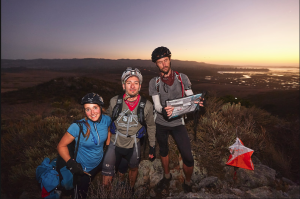
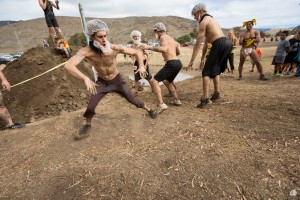


 This chart shows you three possible paths for your endeavors – you’ll feel really good as your effort starts to go up but then . . . CRASH! or you’ll be fighting a good long time and then . . . CRASH!
This chart shows you three possible paths for your endeavors – you’ll feel really good as your effort starts to go up but then . . . CRASH! or you’ll be fighting a good long time and then . . . CRASH!